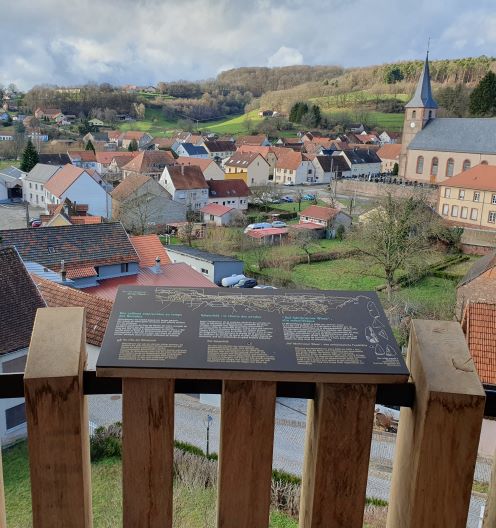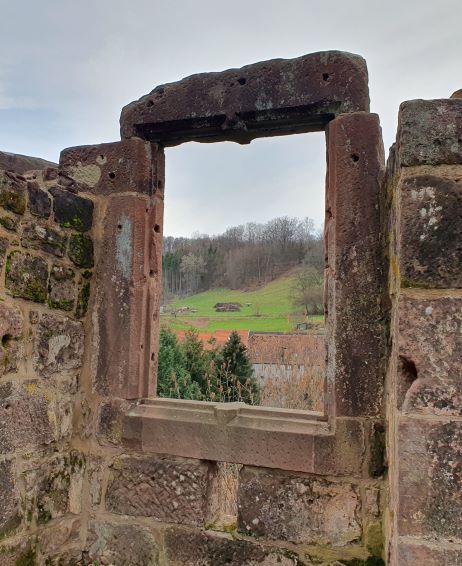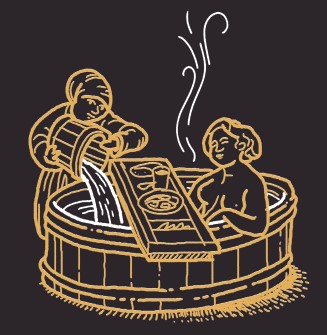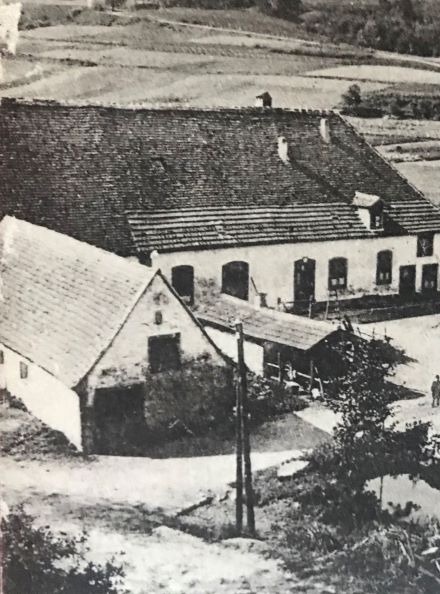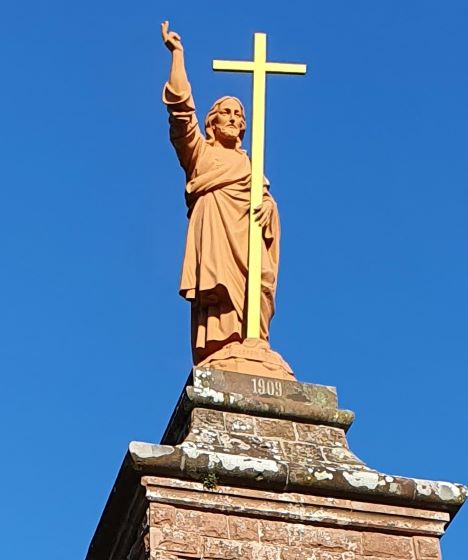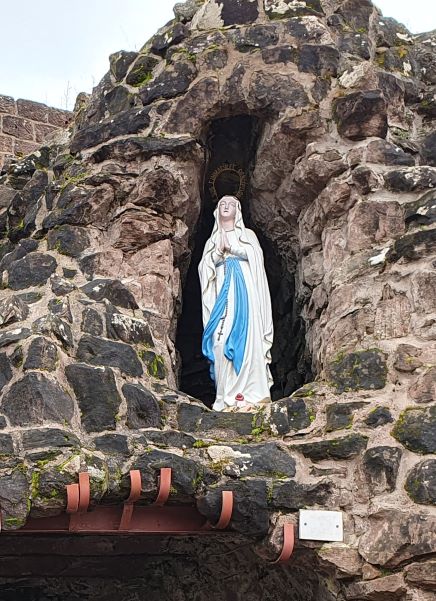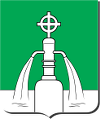
Welcome in Walschbronn
The "Galgenfeld", field of gallows
Before the application of the general custom of Lorraine in 1611 in the County of Bitche, which had been attached to the Bailiwick of Germany of the Duchy of Lorraine since 1606, the municipality of Walschbronn, which consisted of twelve villages, had its own particular regulations. Civil and criminal justice was administered in a tavern by the mayor and several aldermen.
Thus, in 1250, Johannes, Reinhard, Otto and Hesso, sons of Johannes Steinhausen, filed a claim before the Walschbronn court following a dispute with the abbot of Sturzelbronn over the tithe of Steinhausen. A settlement was reached before the same court on 29 June 1495 between the abbey of Sturzelbronn and Reÿners Cuntz of Steinhausen concerning meadows and coppices located in Bottenbach.
Thierry Alix, adviser to Duke Charles III of Lorraine, noted in 1577 that "The appeals of the said court and justice of Bitche are at Walspronn, from there to Schorbach, and then to the Buffet of the Lord in his castle of the said Bitche... There is at the said Walsbron a mayor and 7 archbishops to exercise justice... The appellants go from the said Walsbronn to Schorbach and from Schorbach to the Buffet of the Lord of Bitche". The Walschbronn executioner used to display his skill before the officers of the court over the bodies of those condemned to the gallows at the so-called Galgenfeld, literally the field of gallows, on the heights of the path from Dorst to Walschbronn, but probably before the 16th century.
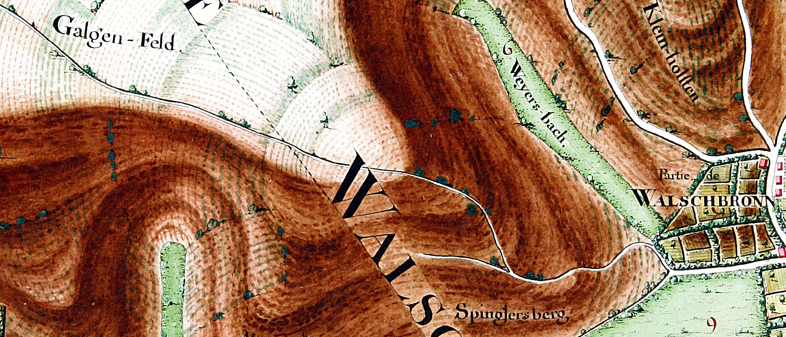
In other communes in the Bitche region, there are also localities where gallows were erected, such as in Schorbach (Galgenberg) or Sturzelbronn (Galgenköppel). The purpose of the gallows was not only to execute the condemned, but also to instil fear in the inhabitants and passers-by, especially as the executed were hung from the gallows until their bodies fell to the ground.
Then according to the application of the general custom of Lorraine, "High Justice properly speaking, is that which gives the Lord; or his Justiciars, the power of coercion to punish delinquents by death, mutilation of limbs, whipping, banishment, brands, pillories, ladders & other similar corporal penalties. And make gibes or hanging trees [which] may be raised or chosen by the High Justiciars. The following article specifies that only the High Justiciars can detain criminals.
This high court (Hochgericht), for the most serious crimes (theft, forgery, homicide...) was reserved for the representative of the Duke of Lorraine in Bitche. The executioner (Henker) was established in Schorbach. In 1736, he was in charge of the sentence against Marie-Elisabeth Robert, 18 years old, Marie-Catherine Petry her mother, Jacob Robert her brother and Charles Frédéric 23 years old for thefts in the church of Walschbronn.
According to the same custom, "the medium Justice of coercion is not important mutilation of limbs, whipping, banishment, or pecuniary punishment... to be able to create Mayor & Justice, to know personal actions, insults & simple offences... and to detain the delinquents twenty-four hours to be handed over from there to the hands of the Lord High-Justicier, or the Voué.
